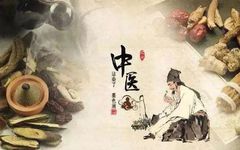
Traditional Chinese Medicine (TCM) nursing techniques are guided by the principles of traditional Qi Huang theory, representing a unique nursing skill with distinct therapeutic effects. This practice embodies the inheritance, innovation, and development of national medicine, playing a significant role in clinical nursing work. It is characterized by simple instruments, convenient operation, wide applicability, quick results, low cost, and ease of mastery.


This issue introduces
acupoint massage

The technique of massage has a history of over two thousand years. Our ancestors often experienced pain from injuries during labor and instinctively used their hands or tools like wooden sticks to massage or gently tap the affected areas to reduce swelling and alleviate pain. The “Huangdi Neijing” serves as the theoretical foundation for massage techniques, while the “Suwen: Yifa Fangyi Ji” states, “The central area is flat and warm, thus diseases often manifest as cold and heat syndromes, and treatment should guide heat and relieve tension. The guiding and relieving techniques originate from the center.” The early form of massage was known as ‘anqiao’.
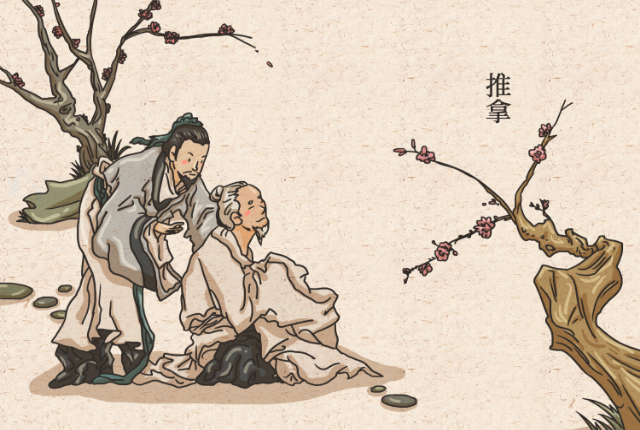
1Definition
Acupoint massage, also known as meridian acupressure, is based on the fundamental theories of TCM and the principles of meridian and acupoint theory. It employs massage techniques on specific acupoints of the human body to stimulate the flow of Qi along the meridians, achieving the goals of unblocking meridians, dispelling pathogenic factors, and supporting the body’s upright Qi. The technique has strong penetration, allowing it torelax muscles, lubricate joints, strengthen muscles and bones, dispel cold and alleviate pain, strengthen the spleen and stomach, promote digestion, and support upright Qi while dispelling pathogenic factors, thus serving the purposes of preventive health care and promoting recovery from diseases. Common techniques include pressing, pushing, tapping, and various combinations of methods.

2Mechanism of Action
The “Lingshu Jing” states: “The meridians are the pathways for life and death, the source of all diseases, and the regulation of deficiency and excess; they must be unobstructed.” The “Lingshu Jing Bie” states: “The twelve meridians are the basis of life and the cause of diseases; they are essential for treatment and the onset of illness.” It is evident that obstruction in the meridians is the origin of disease, while acupoints are specific locations on the body where the Qi and blood of the internal organs and meridians are transmitted to the surface. These points are critical junctions connecting muscles, tendons, and bones, and are the primary sites for therapies such as massage, yielding significant therapeutic effects.
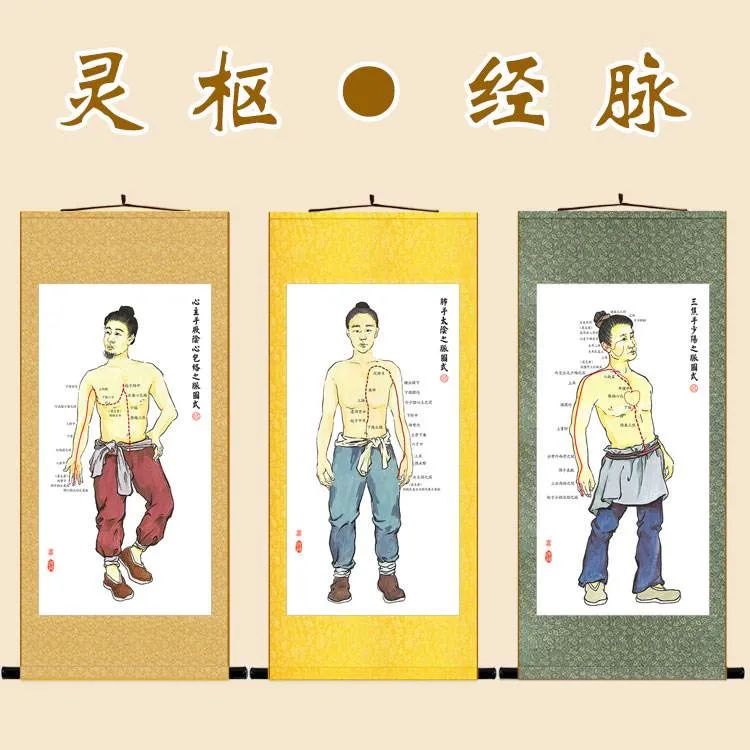
3Indications Acupoint massage has a wide range of applications in orthopedics, internal medicine, gynecology, pediatrics, otorhinolaryngology, as well as health and beauty care, particularly effective for chronic and functional diseases.
Acupoint massage has a wide range of applications in orthopedics, internal medicine, gynecology, pediatrics, otorhinolaryngology, as well as health and beauty care, particularly effective for chronic and functional diseases.

Orthopedic diseases such as cervical spondylosis, stiff neck, lumbar disc herniation, shoulder periarthritis, soft tissue injuries, etc.General surgical diseases such as postoperative intestinal adhesions, chronic prostatitis, chronic appendicitis, lower limb varicose veins, breast abscess, etc.Internal medicine diseases such as gastric pain, insomnia, headache, cold, chronic diarrhea, sequelae of stroke, urinary retention, etc.Gynecological diseases such as menstrual irregularities, dysmenorrhea, amenorrhea, chronic pelvic inflammatory disease, postpartum pubic symphysis separation, etc.Pediatric diseases such as fever, diarrhea, malnutrition, convulsions, constipation, prolapse of the rectum, intussusception, asthma, enuresis, night crying, sequelae of polio, etc.Otorhinolaryngological diseases such as rhinitis, deafness, tinnitus, strabismus, myopia, etc.Various sub-healthy populations4Common Massage Techniques
Adult acupoint massage should follow the principles of being forceful, gentle, even, lasting, and penetrating.
-Point Technique-Apply pressure with the fingertip or the flexed interphalangeal joint on the treatment area, maintaining continuous pressure.

-Kneading Technique-
Apply a certain amount of pressure on the treatment area, causing the subcutaneous tissue to perform circular movements.

-Rubbing Technique-
Use the fingertip or palm to contact the acupoint or area on the body, performing rhythmic circular rubbing movements with the wrist and forearm.
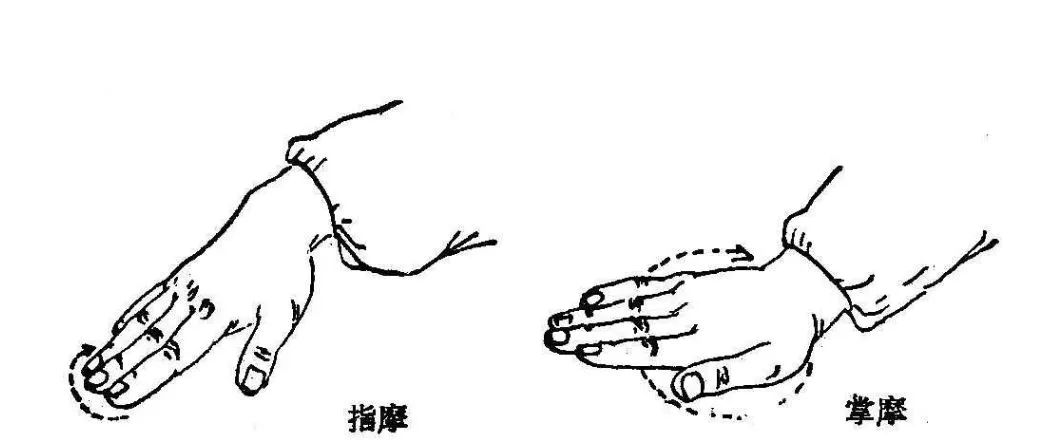
-Pushing Technique-
Apply pressure with the fingers, palms, or elbows on specific acupoints or areas of the body, moving in a single direction along a straight line.
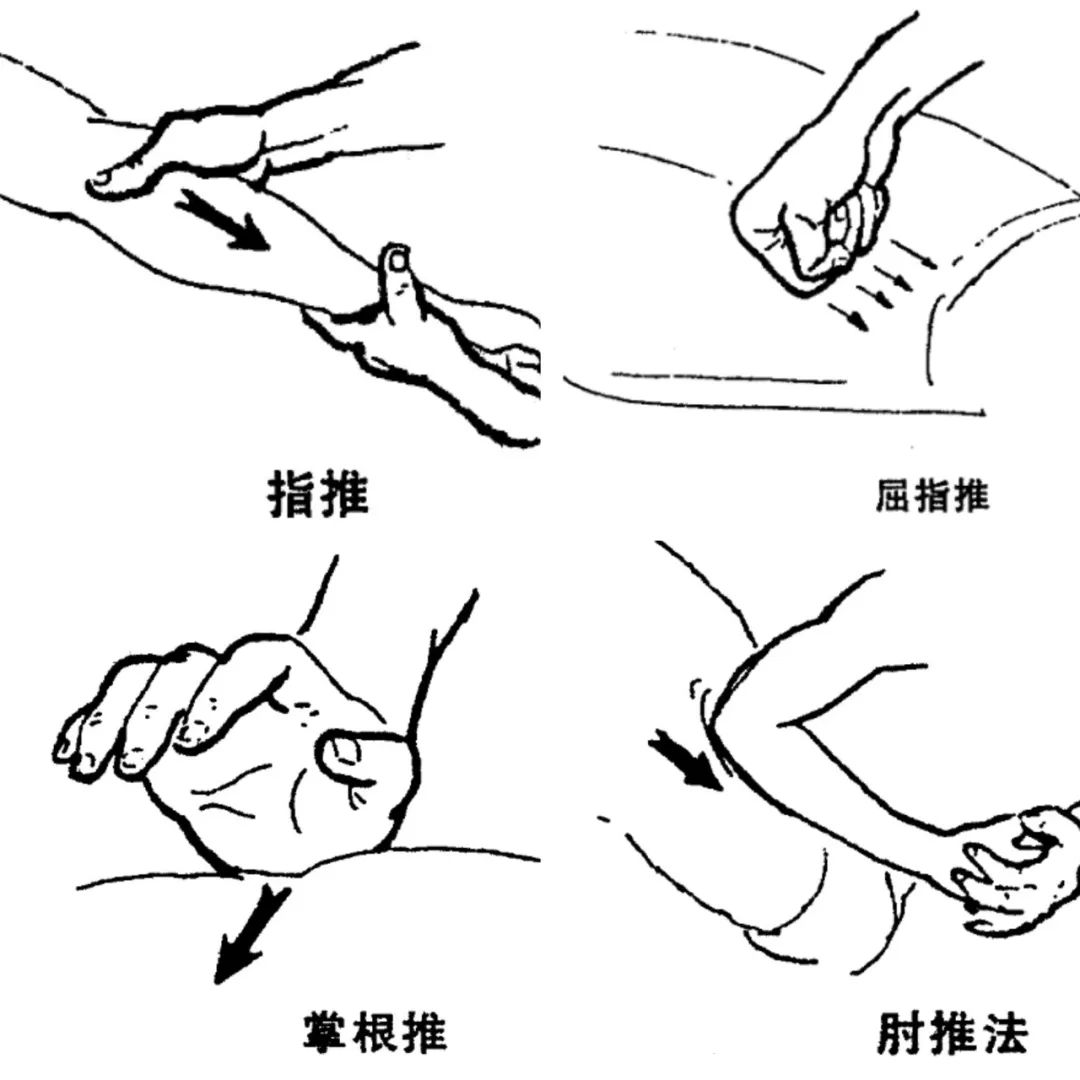
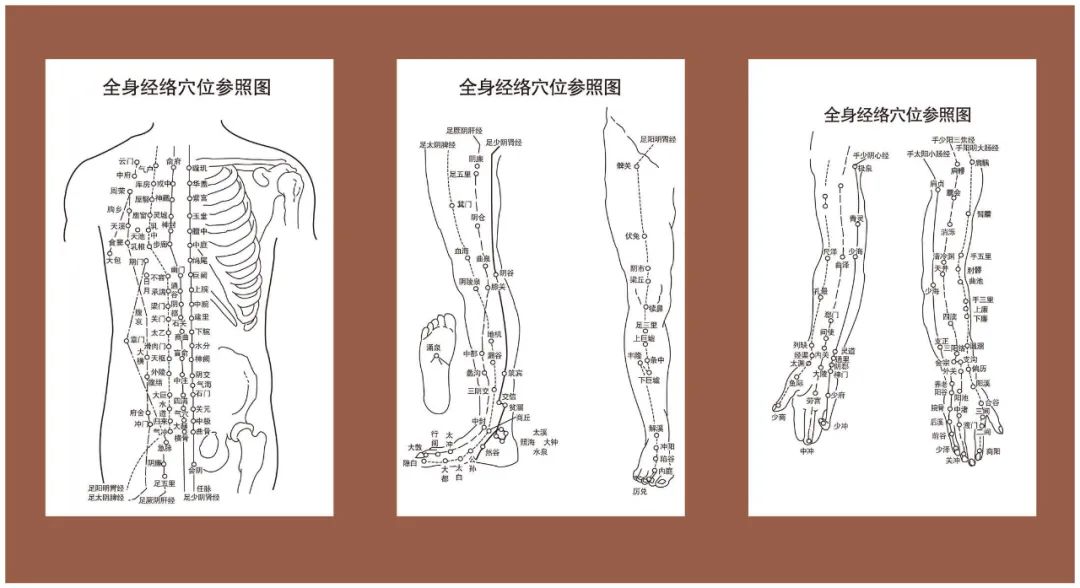
CommonAcupoints for HeadacheAcupoints for Headache
Yintang, Touwei, Taiyang, Yuyao, Baihui, and other acupoints on the head; Fengchi, Fengfu, Tianzhu, and the bladder meridian acupoints on both sides of the top of the head.
Acupoints for Insomnia
Qingming, Yintang, Cuanzhu, Yuyao, Taiyang, Yingxiang, Fengchi, Baihui, Shenmen, Zusanli, and other acupoints.
Acupoints for Gastric Pain
Zhongwan, Qihai, Tianshu, Zusanli; Liver, Stomach, Spleen, Jianjing, Shousanli, Neiguan, Hegu, and acupoints on both sides of the ribs.
Acupoints for Abdominal Distension
Zhongwan, Tianshu, Spleen, Stomach, and Large Intestine acupoints.
Acupoints for Constipation
Zhongwan, Tianshu, Daheng, Guanyuan, Liver, Stomach, Spleen, Kidney, Large Intestine, Changqiang, and Zhigou acupoints.
Acupoints for Toothache
Hegu, Jiache, Neiting, Xiaguan, and other acupoints.
Acupoints for Menstrual Irregularities
Sanyinjiao, Xuehai, Guanyuan, Qihai, and Kidney acupoints.
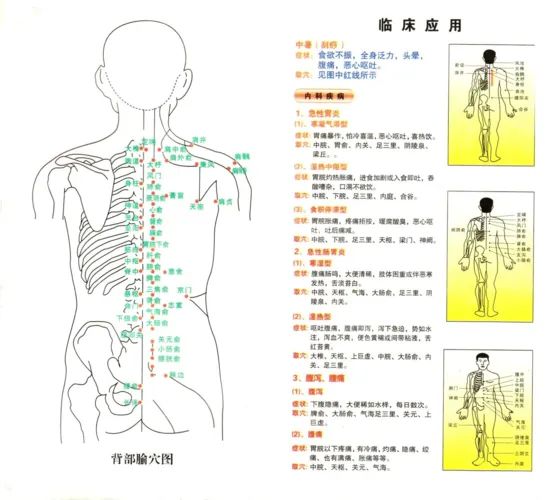
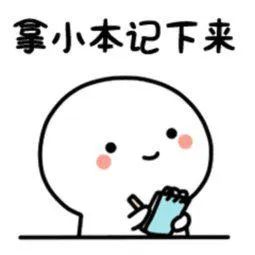
Precautions1.Acupoint massage should be performed 1-2 hours after meals, with each acupoint treated for 1-2 minutes until local warmth is felt.2.The massage techniques should be gentle yet forceful, with even frequency and amplitude, avoiding violence and opposing forces, generally performed 1-2 times daily.3.When massaging the waist and abdomen, one should first urinate. Pregnant women should avoid abdominal massage.4.Select appropriate massage mediums, such as liquid paraffin, ginger juice, essential oils, or talcum powder, to reduce friction, prevent abrasions, or enhance the massage effect.5.If dizziness, nausea, severe pain, pale face, or cold limbs occur during the massage, stop immediately. Related Articles【Acupoint Injection】 Internal Medicine Nursing Group
Related Articles【Acupoint Injection】 Internal Medicine Nursing Group
【Ear Acupoint Embedding】 External Medicine Nursing Group
【Chinese Herbal Fumigation】 Hematology Nursing Group
【Acupoint Application】 Pediatric Nursing Group
【Ear Acupoint Pressure Beans】 Orthopedic Nursing Group
【Embedding Needle Therapy】 Internal Medicine Nursing Group
【Moxibustion Therapy】 Pulmonary Disease Nursing Group
【Chinese Herbal Wet Application】 Surgical Nursing Group
 ICU IntroductionThe Intensive Care Unit (ICU) was established on December 1, 2012, as a closed comprehensive ICU, currently with 8 open beds, divided into one monitoring unit and two monitoring rooms, responsible for the treatment of various critically ill patients and those with multiple organ failure, ensuring timely, effective, and high-quality medical care for critically ill patients.
ICU IntroductionThe Intensive Care Unit (ICU) was established on December 1, 2012, as a closed comprehensive ICU, currently with 8 open beds, divided into one monitoring unit and two monitoring rooms, responsible for the treatment of various critically ill patients and those with multiple organ failure, ensuring timely, effective, and high-quality medical care for critically ill patients.
The department has 20 medical staff, including 1 associate chief physician, 5 attending physicians, and all levels of physicians are proficient in various venous and arterial punctures, tracheal intubation, and various invasive or non-invasive mechanical ventilation techniques, familiar with the rescue and treatment knowledge of critically ill patients, providing comprehensive and effective organ support, nutritional support, and anti-infection treatment for critically ill and high-risk surgical patients.

The department is equipped with advanced multifunctional bedside monitors, ventilators, defibrillators, micro pumps, infusion pumps, sputum suction machines, air pressure pumps, air disinfection machines, and transport ventilators, among other advanced medical equipment from both domestic and international sources. It can continuously monitor vital signs, dynamic acid-base balance blood gas analysis, liver function, kidney function, blood glucose, immune function, nutritional status, and the blood concentration of certain therapeutic drugs for various critically ill patients. Through dynamic and quantitative monitoring, it captures the instantaneous changes in patients and, based on the latest international treatment guidelines, combines TCM techniques to implement targeted comprehensive treatment measures for critically ill patients.
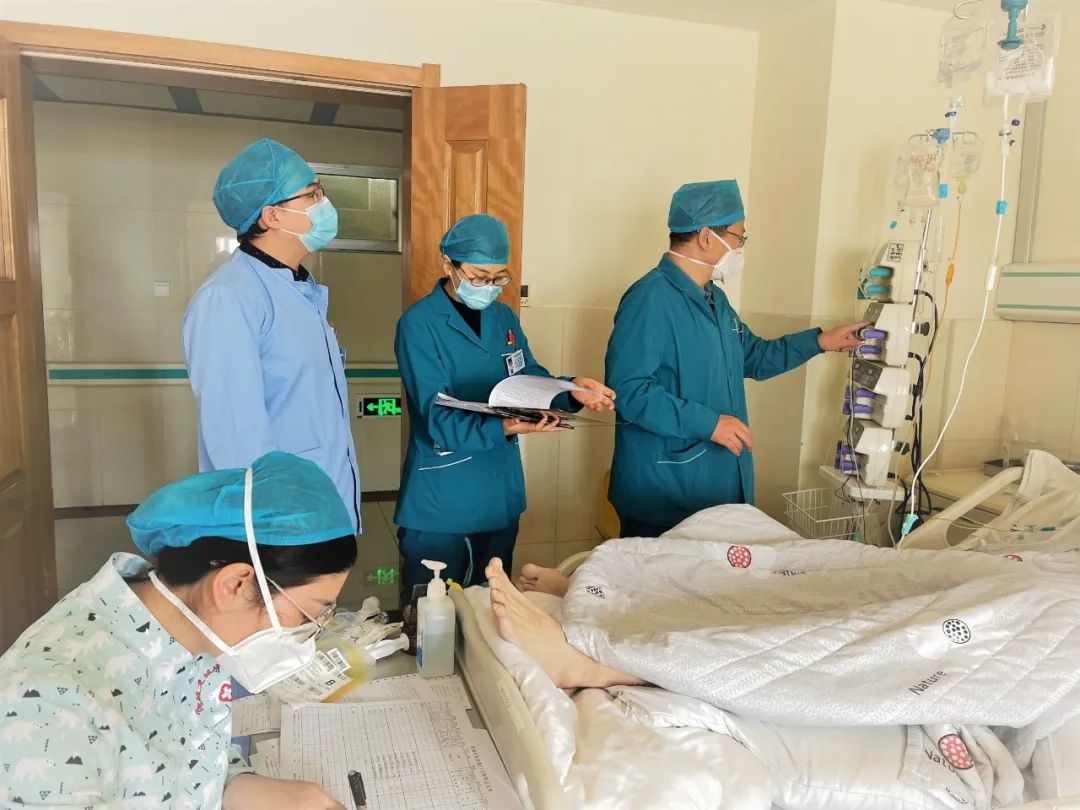
Through comprehensive and systematic dynamic monitoring, timely and effective rescue measures can be implemented, providing favorable conditions for the rescue of critically ill patients, maximizing the safety of various critically ill patients and high-risk surgical patients.Department Motto: Save those in danger, respond to all requests, race against time, and prioritize saving lives.Consultation Phone: 6071910
Submission Email:
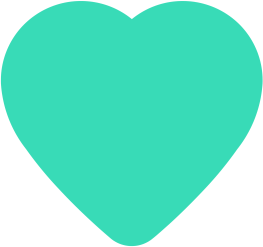 Please share
Please share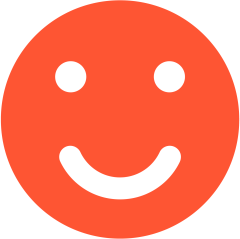 Please bookmark
Please bookmark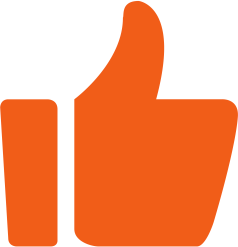 Please like
Please like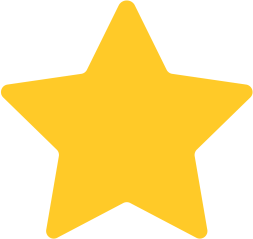 Please checkNO.1Previous Recommendations
Please checkNO.1Previous Recommendations
【TCM Nursing Techniques】”Painless Treatment” with Chinese Herbal External Application
【September 18-24】 Outpatient Doctor Schedule at the Municipal TCM Hospital
【Click to View】 What does the Preventive Medicine Department Treat? Do you know?
Submission | Nursing Department ICU Nursing Group Li GuomeiEditor | Tian ShuyuVideo | Zhang Dazhen Proofreading | Ma Rong Wang WeiEditor I Wang Wei (Female)

